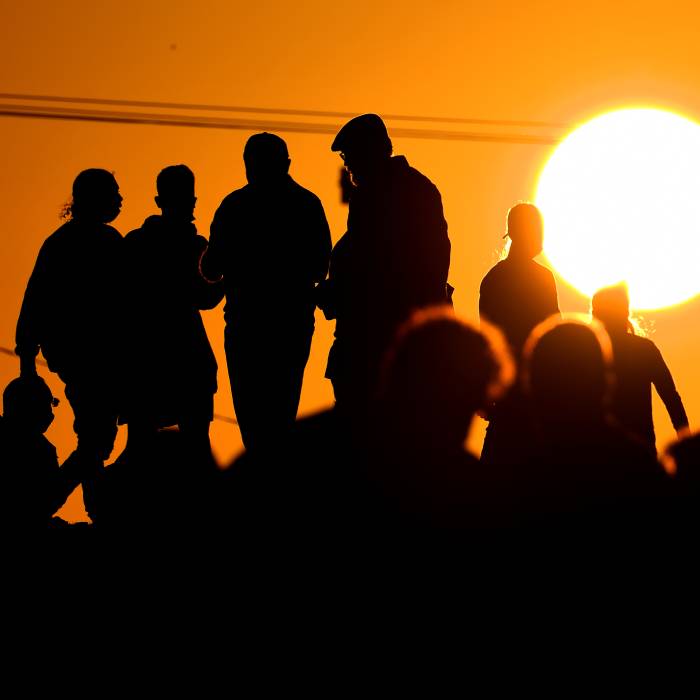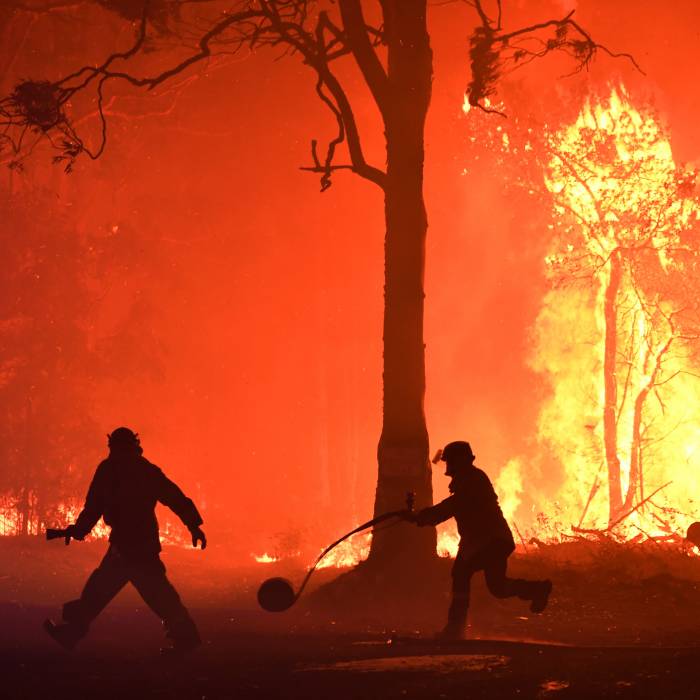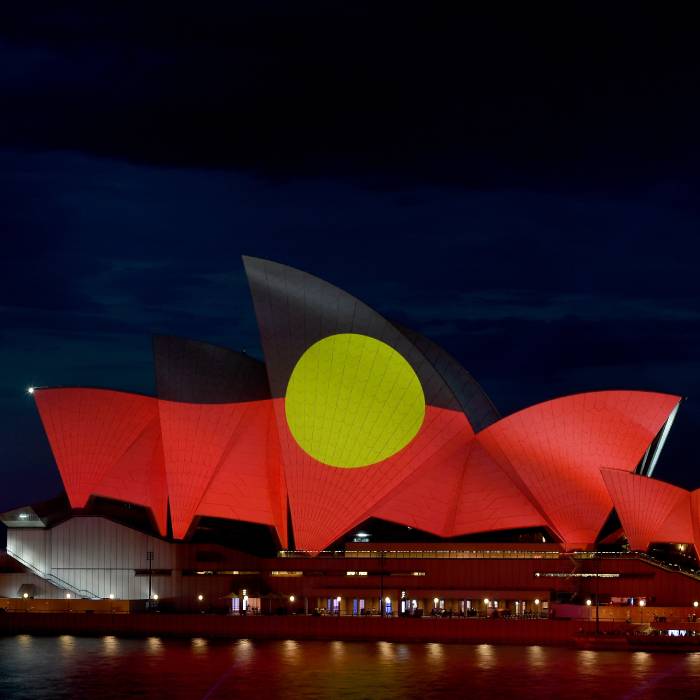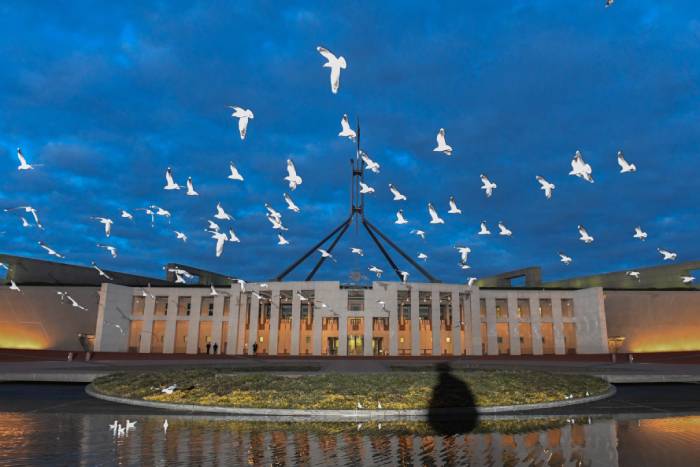A bushfire that destroyed homes and killed hundreds of animals as it raged out of control for three weeks is finally contained, thanks to a cool change and rain.
The blaze began on December 17 after multiple dry lightning strikes in the southern part of the Grampians National Park, in Victoria’s northeast.
On Monday, Incident Controller Peter West said while the fire was controlled, firefighters would patrol the area for weeks as they monitored the blaze and attended flare-ups.
“Coinciding with what is typically the busiest season for tourism in the area, the fire has resulted in considerable hardships and financial losses for local businesses and communities,” he said on Monday.
“Declaring the fire contained allows us to begin the process of reopening Halls Gap and areas of the national park.”
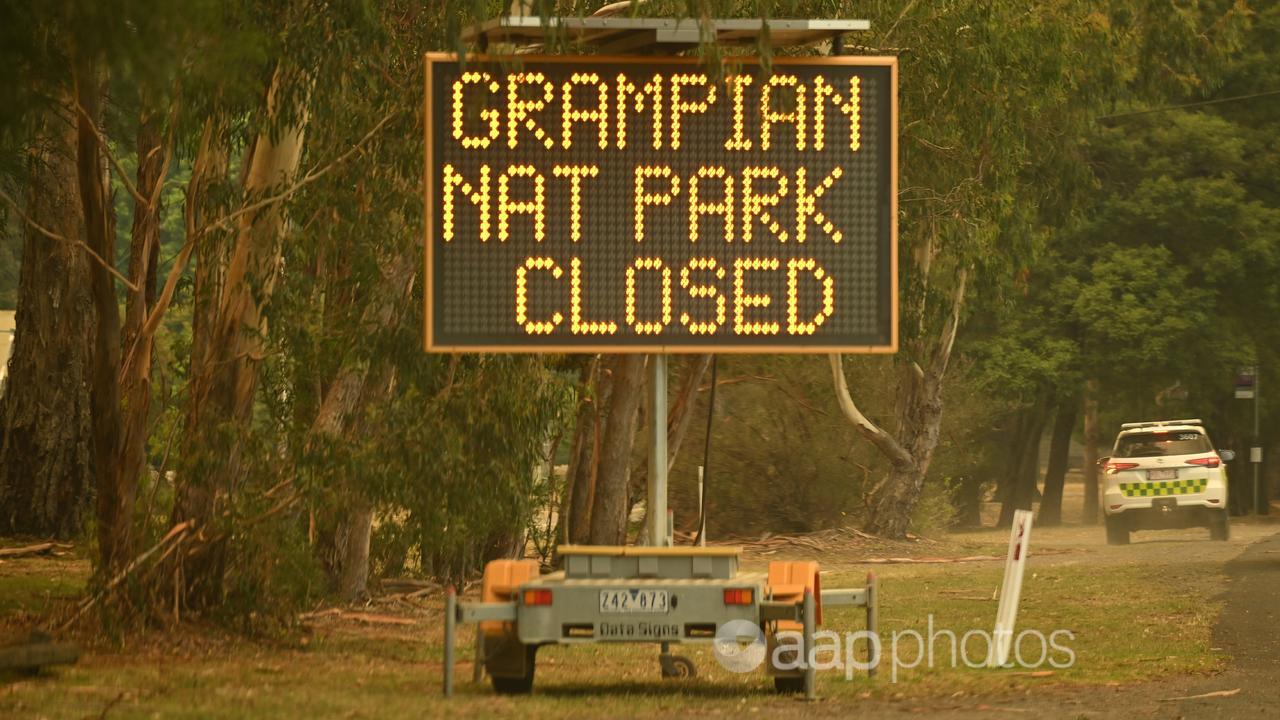
After a three-day heatwave that sent the mercury above 40C in parts of Victoria, there has been rain throughout Monday.
Showers dumped 10mm of rain on the Grampians fireground by 9am on Monday, with as much as 25mm predicted.
A moderate risk rating remains in place following days of extreme and high fire danger.
A watch and act warning is still in place for the Grampians fire but residents are allowed to return to their properties with caution.
Heatwave warnings remain in northern WA, northeast South Australia and parts of northern NSW on Monday.
A high fire danger is forecast in Sydney and surrounding areas with temperatures expected to approach 40C in the city’s west on Monday.
Similar danger is forecast in the state’s central west, southern ranges and northwestern regions.
Meteorologist Miriam Bradbury said the hot, dry weather in NSW, which saw temperatures hit the mid-to-high 30s and low 40s inland, would be followed by a significant temperature drop.
That cool change could bring showers, severe storms and flash flooding – with the heaviest rainfall expected in the north and central eastern parts of the state.
“Severe storms may bring heavy rainfall that could lead to flash flooding through the course of this afternoon and evening,” Ms Bradbury said on Monday.
“As we move into Tuesday, we’re going to see that storm risk becoming a little bit more extensive across central and eastern parts of the state.
“With storms possible across much of the east coast, severe storms will once again be a risk but mostly covering parts of inland NSW.”
She said the wet and wild weather is likely to continue across NSW until Friday.
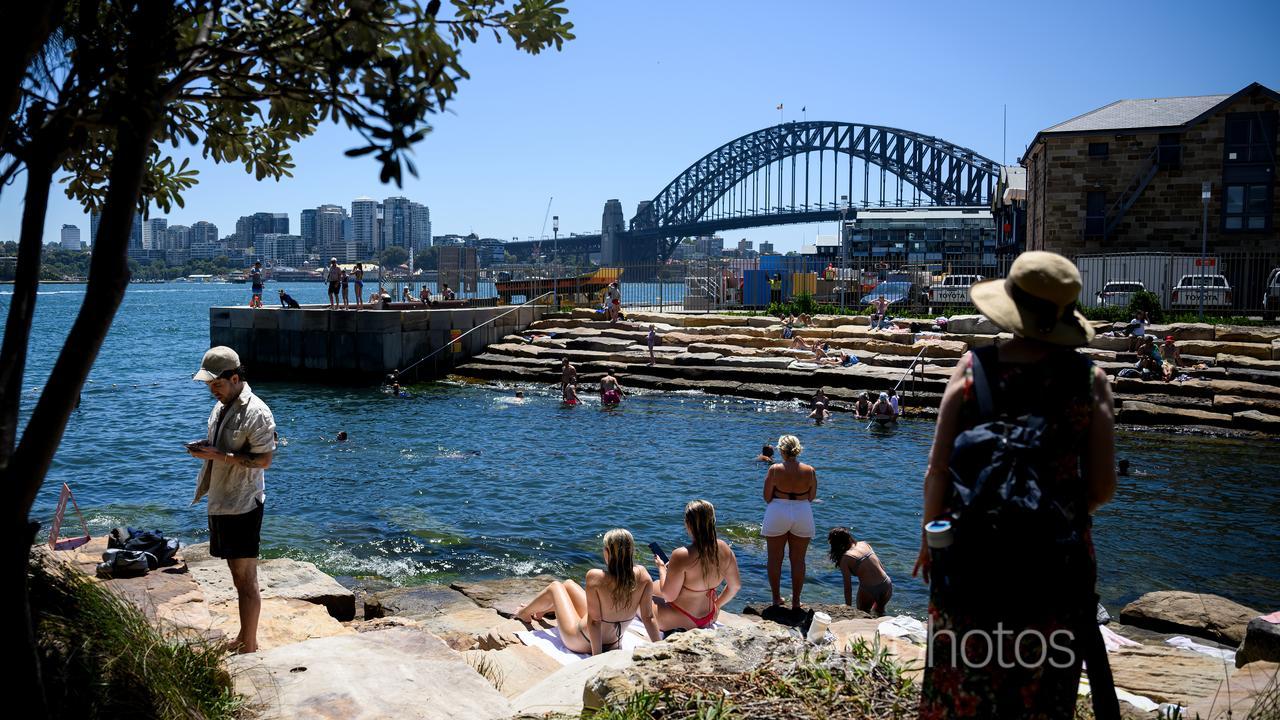
GRAMPIANS FIRE BY THE NUMBERS:
* Started by dry lightning, burning for 21 days before it was declared contained
* Fire footprint circumference of 422 kilometres
* More than 76,000 hectares of national park and agricultural land burned
* Four residential properties in Moyston and Mafeking destroyed along with 40 outbuildings in Moyston, Willaura, Willaura North, Mafeking, Pomonal, Glenthompson and Mirranatwa
* Preliminary livestock losses include 775 sheep, one horse, one beef cattle and 1285 beehives
* More than 13,538 ha of farmland, including 10,053 ha of pasture was burnt, and 540km of fencing was damaged.
Source: State Control Centre

















